I can't think of any practical reason you'd need this, but that said, I'm often wasting time messing around with odd tasks "just to see if I can."
Access VBA Circles
Recently a spiral was a self-assigned challenge I played with in SQL, although it originated with a circle in Access VBA from another useless project of mine:
This taught me a number of concepts including how to draw a circle on a grid.

Drawing a circle is almost the identical process as drawing the hands on that clock. If, rather than drawing the whole line of the clock hand, I instead draw only the tip of it (aka, the radius), all the way around, the 360°, then I have a circle.
SQL Circle
Say that ten times fast!
Then one day I wondered how hard it would be to convert the circle code to SQL Server, exploiting the graphing feature of the Stack Exchange Data Explorer (SEDE). A graph is drawn on a grid, so it's the same concept.
Here is one of several results (again, all useless):
Click Run Query and then when it's finished calculating click the Graph tab. (You'll also need to either login with your Stack Exchange ID, or do the captcha.) There are various constants you can play with in the user prompts (below the SQL).

SQL Spiral
Then at some point I wondered about spirals.
(...but probably should have been time for me to get a life? Naaaa, lol)
A spiral is simply a modified circle except the radius decreases (or increases) as you progress around the circumference -- and you don't stop at 360° -- instead just keep going and going, and continually changing the radius at a steady rate.
Again, click Run Query and then when it's finished calculating click the Graph tab. (You'll also need to either login with your Stack Exchange ID, or do the captcha.) There are various constants you can play with in the user prompts (below the SQL).

Spiral in Excel
I'm not going to waste any more time on spirals today, but if I was going to draw one in Excel worksheet cells, I would resize all cells on the worksheet to a tiny square grid (maybe width=1, height=10), and then I would borrow the code from the SQL example, adapting it to Excel (which woudn't take much work).
The Access VBA example may be more confusing to adapt since there a lot of programmatic manipulation of controls going on (which can't be done at runtime).
Or, the Access example could be duplicated in Excel using controls (ie., lines) instead of the grid method you were trying so far.
More Information:


